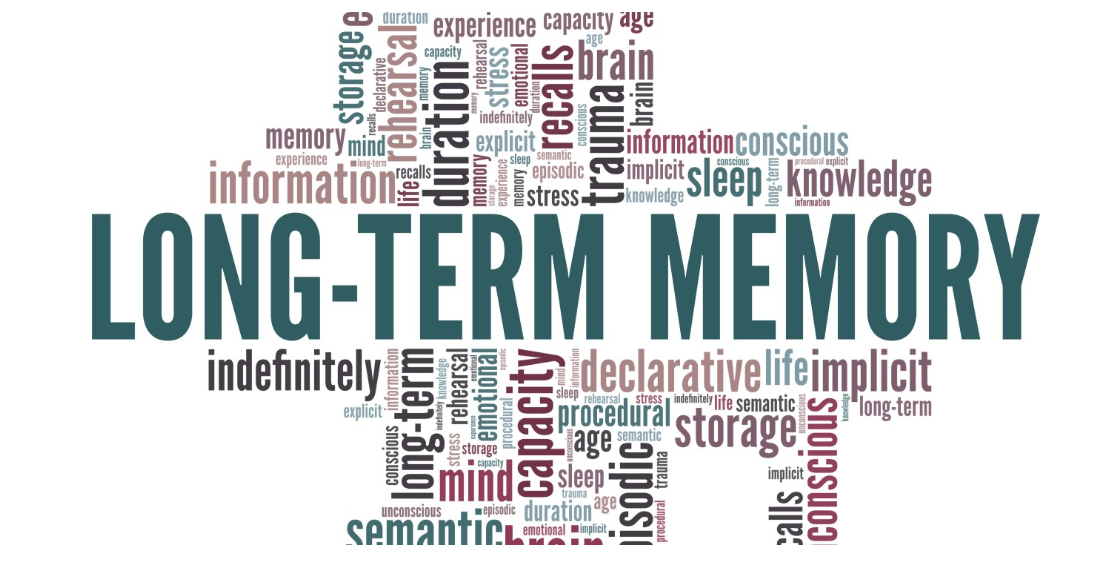AI has arrived in the enterprise with extraordinary capabilities. It can summarize contracts in seconds, classify millions of invoices, forecast demand with precision, and surface insights that once took teams weeks. Yet for all its brilliance, today’s AI has one glaring limitation: it doesn’t remember.
Every interaction often begins as if nothing came before — like working with a genius who wakes up each morning with amnesia. In the consumer world, that might be tolerable. Spotify doesn’t need to recall your conversations about music from last year to recommend a playlist today.
But in the enterprise, forgetting is costly. And not in abstract terms — in millions of dollars.
Business doesn’t reset every morning. It builds. Decisions layer over negotiations, compliance exceptions, leadership preferences, and strategic context that have evolved over years. Strip away that memory, and you strip away value.
This is why I believe long-term and persistent memory will redefine enterprise AI, not just as technology, but as a financial engine.
The Money Lost to Amnesia
Let’s start with procurement (for my own selfishness).
Every year, companies overspend millions because institutional knowledge gets lost. A supplier who failed in 2021 gets re-engaged in 2024. Freight costs spike again because no one remembered the negotiation misstep two years ago. Discounts are left on the table because exceptions weren’t documented or carried forward.
In most large organizations, 2–5% of spend leakage is normal. For a $2B company, that’s $40M–$100M lost annually — not because the data didn’t exist, but because the organization forgot.
Persistent AI memory changes that. It doesn’t just analyze this year’s invoices; it recalls years of contracts, performance metrics, and negotiation outcomes. The AI remembers so you don’t repeat. The result is leverage reclaimed, waste reduced, and millions flowing back into the business.
Retaining Institutional Knowledge
Another hidden cost: attrition.
When analysts, sourcing managers, or compliance officers leave, they take memory with them. Memory of how a certain CFO prefers risk framed. Memory of which vendor quietly failed compliance checks. Memory of which M&A integration created unexpected spend anomalies.
That loss doesn’t show up on a P&L line item — but it drives rework, repeated mistakes, and costly delays.
Persistent AI memory captures this institutional knowledge, compounds it, and keeps it alive. Over a five-year horizon, preventing those “forgotten lessons” easily translates into tens of millions saved in duplicate contracts, regulatory fines, and redundant effort.
Trust Built on Continuity
There’s also the leadership dimension.
Executives don’t trust tools that forget. They trust colleagues who remember.
When an AI recalls why a supplier was rejected three years ago or why the legal team carved out a compliance exception last quarter, it stops feeling like software and starts feeling like a seasoned partner. That continuity builds trust. And trust means adoption.
Adoption, in turn, means scale. And scale is where the real money is — when institutional memory isn’t locked in a single team, but shared across procurement, finance, supply chain, and legal.
Cross-Domain Awareness = Millions in Alignment
Most enterprise functions don’t operate in isolation. Procurement decisions ripple into finance. Finance constraints reshape operations. Legal exceptions bend sourcing strategies.
Yet AI today often mirrors the silos of its data — each agent brilliant in its own bubble.
Persistent memory becomes the connective tissue. Procurement AI doesn’t just optimize vendors; it shares those risk signals with finance AI, which adjusts forecasts. Legal AI doesn’t just flag compliance clauses; it feeds procurement AI to shape sourcing strategy.
This alignment avoids duplication, missteps, and conflicting decisions. For a global enterprise, even small improvements in cross-domain coordination can unlock tens of millions annually.
Institutional Memory as a Corporate Asset
Here’s the boldest point: persistent memory isn’t just useful — it’s an asset.
Models themselves are replaceable. They can be licensed, upgraded, commoditized. But the institutional memory captured inside those models — structured, governed, and curated over years — is unique.
It’s defensible. It’s irreplicable. It’s the moat.
A company that builds its corporate hippocampus isn’t just implementing AI. It’s crystallizing years of decisions, preferences, and lessons into a knowledge base that competitors can’t touch. And that knowledge base generates tangible financial returns — through avoided spend, faster negotiations, reduced compliance risk, and sharper execution.
The Responsibility of Remembering
But memory isn’t without risk.
Without governance, memory is chaos. Without compliance, it’s liability. Without filters, it’s noise.
The future winners won’t just “add memory” to their AI. They’ll design frameworks for curated recall:
- What should be remembered, and what should be forgotten.
- How to surface relevant memory without drowning users.
- How to secure memory so sensitive knowledge doesn’t leak into unintended contexts
Memory is powerful. But structured memory is profitable.
From Amnesia to Advantage
Enterprise AI without memory is like an employee with amnesia: brilliant but unreliable. With memory, it becomes something else entirely — a partner that saves you money precisely because it remembers what cost you money last time.
This isn’t just a technical upgrade. It’s a transformation. The shift from demos that impress to intelligence that compounds value.
And for companies that embrace memory — with discipline, structure, and governance — the reward isn’t abstract. It’s measured in millions. Year after year
